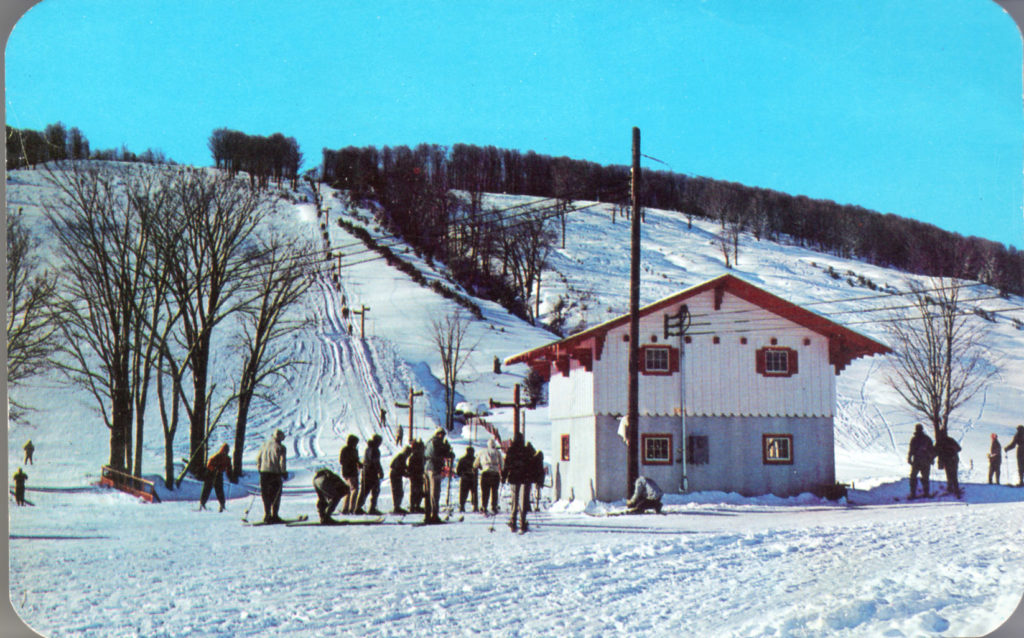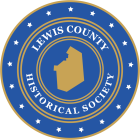In 1802 a preacher, Rev. John Taylor, wrote in his diary about Turin: “One thing is peculiar in this wilderness – everyone seems pleased and satisfied, perhaps because the equality of the difficulties has cut off many of the evils which appear in improved societies and the influence of hope is very apparent. I do not remember seeing an unhappy person in my travels here. There is no complaining of hard times, instead people appear happy and contented, perhaps because they know in a few years they will again have any worldly goods they need.”
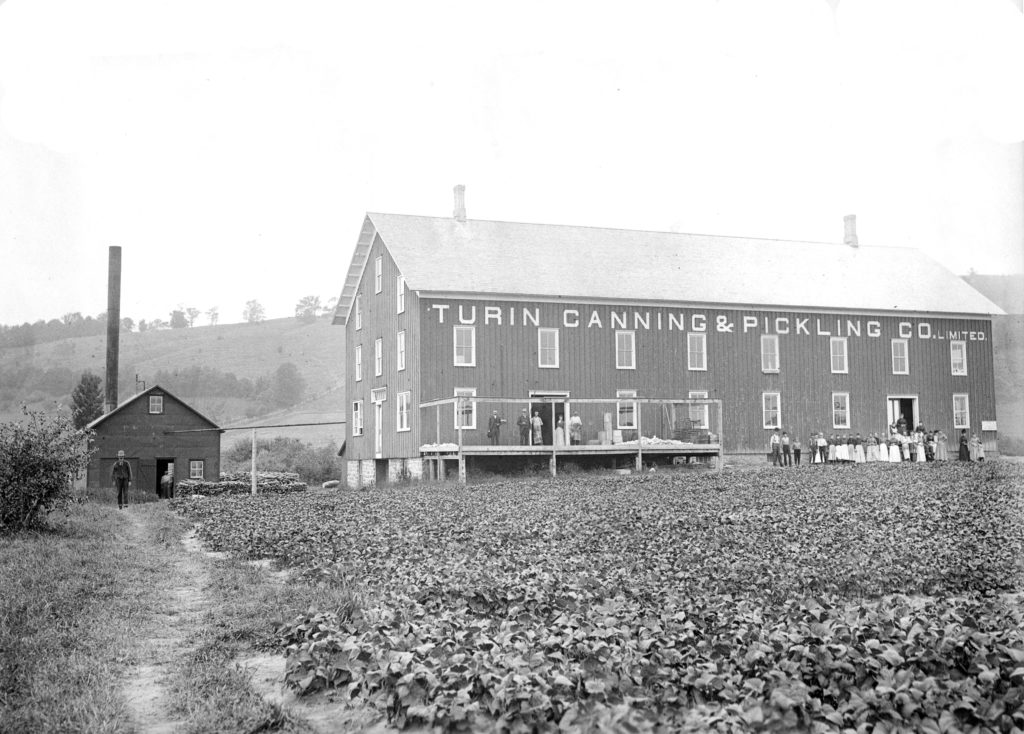
In the spring of 1800, on April 14, a part of the township of Mexico and Oneida county became a new township, Turin. The township stretched from the Black River to Tug Hill and included, at that time, what are presently the townships of Turin, West Turin, Lewis, Highmarket, Osceola, Montague and Martinsburg. The new town which included 440 men, women and children took its name from the famous and beautiful capital city of the Kingdom of Sardinia, Turin.
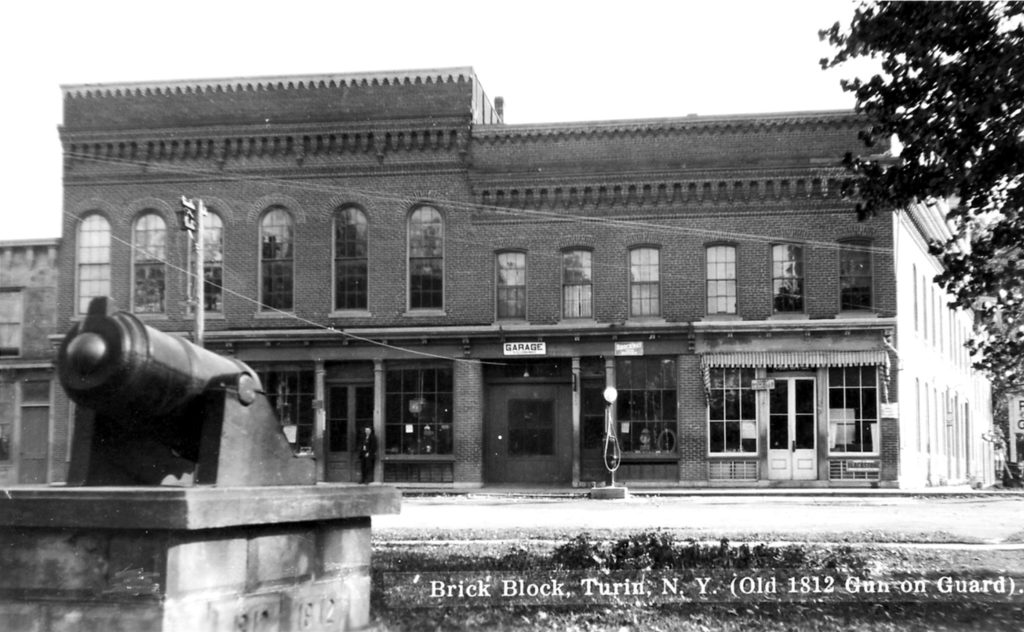
Judah Barnes in 1798 was the first settler to build a house in what is now the vicinity of Turin Village, near the intersection of what is now the East Road and Turin’s East Main Street – an area that for years was known as Deweyville. The first house was torn down in 1914. Giles Foster built a second house in 1799, which was nearly across the road from the Barnes’ house. This became known as the Dewey house, as they were descendants of the builder. Foster’s house is fortunately in excellent preservation.
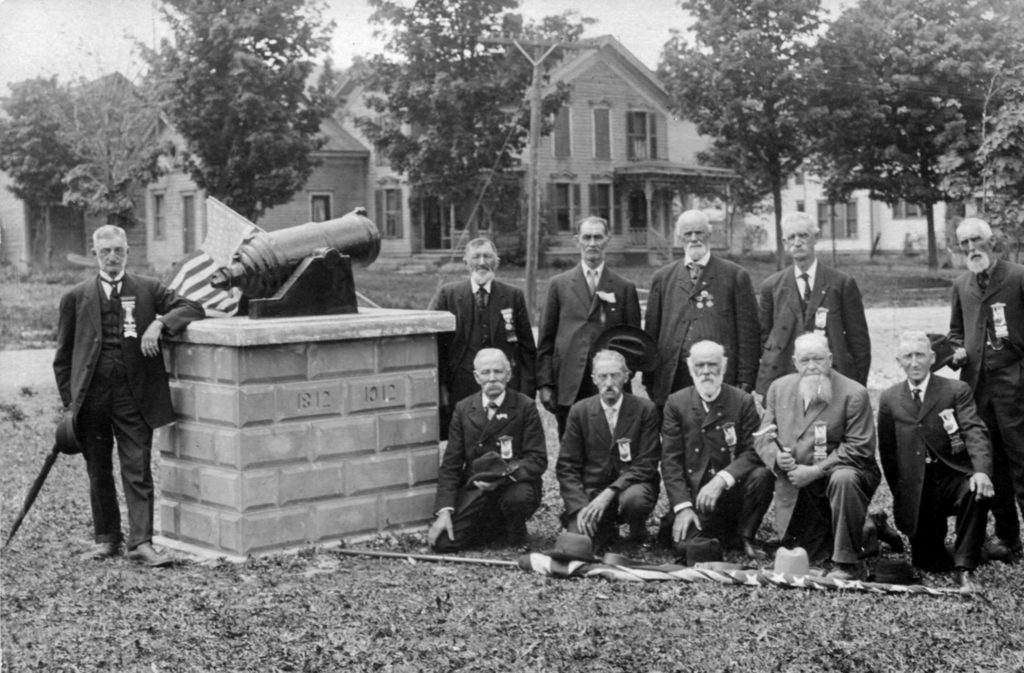
Most of the early settlers in Turin were farmers from Connecticut and lower New York State, so the forest had to be cut, slashed and burned to make room not only for a sod hut or log cabin to live in, but most importantly to plant crops. A product of burning the trees was potash, which was used in large quantities for washing the wool in the woolen mills of New England. The potash production contributed to the family income in the early years of settlement. A few years later a gristmill for grinding corn from the Turin area was built near the Barnes and Foster homes. Caldwell Dewey later built a woolen mill at that site.
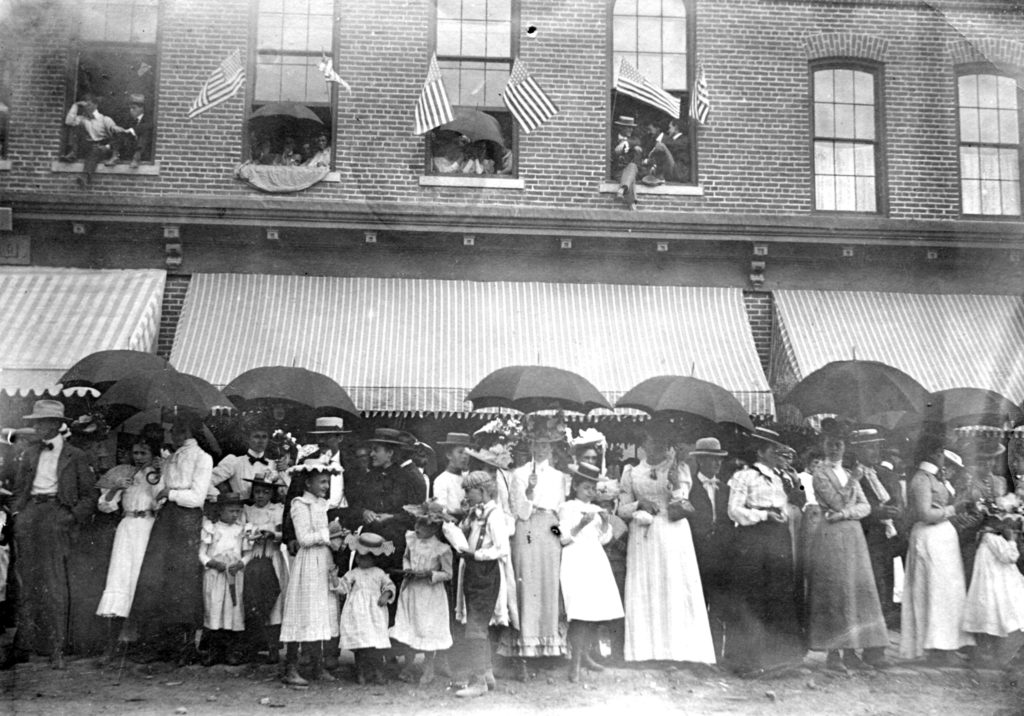
Initially Collinsville was to be the center of population, as it had become the first business center in the area. Once the state road was set to be located as the north-south main road, an east-west road named Main Street formed a four corners at the center of Turin village. Soon buildings and residences were built close to this four corners area; the Holden house, Hart house and the first inn, the Woolworth, which was built in 1809 between the corner and Mill stream.
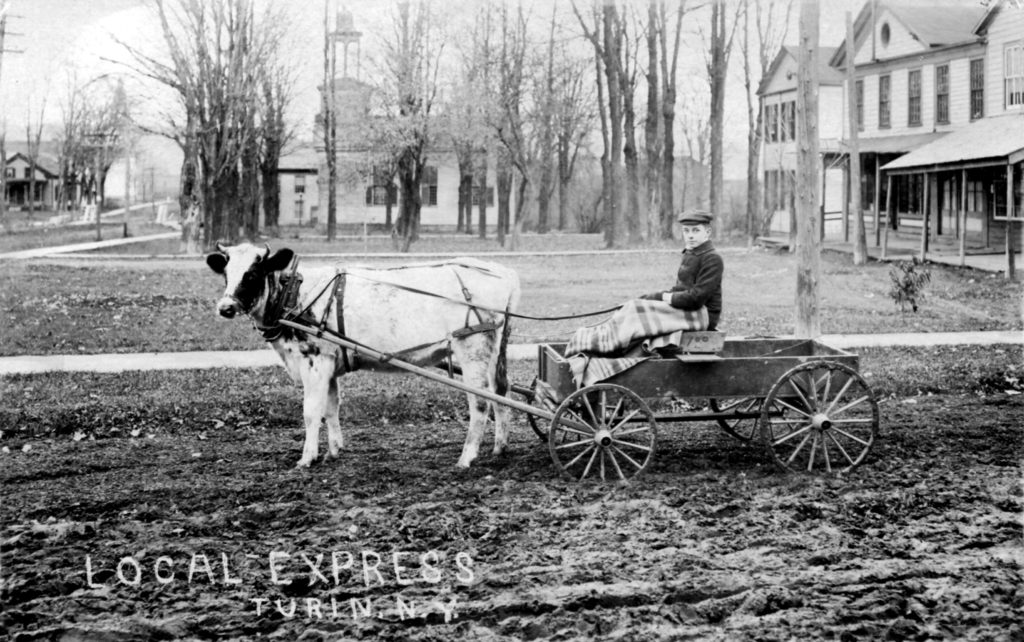
Commerce increased enough in the four corners area so that Giles Doud was appointed the first Sealer of Weights and Measures. Giles was a relative of Benjamin Doud, who settled in Turin in 1797. Benjamin Doud’s great, great granddaughter was Mame Doud Eisenhower, wife of President Eisenhower.
By 1825, the population of Turin had reached 2,300, the highest in Lewis County. Lowville had 2,100, Denmark 2,000 and Martinsburg 1,950. A daily stagecoach arrived at 11:11 a.m. with mail and passengers.

As early as 1805, Turin started turning its attention toward education and schools. Meetings were held and in 1806 a town meeting, held at the home of Deacon Higby, voted to appoint seven persons to inspect schools, and in 1838 Judah Barnes was appointed School Commissioner. His wages and those of Highway Commissioner and Fence Viewer were set a one dollar per day.
Religious organizations were formed early and flourished. In 1832, Rev. Jacob Knapp, a Baptist evangelist, said he felt Turin must be “Satan’s Seat” because so many churches used one building, the Union Church and Town House for worship. Soon after, near Turin’s four corners, religious groups built three churches in just seven years. The Second M.E. Society built a beautiful stone church on East Main Street. A Presbyterian church was built on North State Street and a Baptist church was also built on North State Street next to the stream. The Baptist church congregation shared their church with the Welsh Congregational Society, who in 1847 build Nebo Church on Tug Hill. In 1848, the Calvinist N.E. Society built a small church in which only Welsh was used in services.
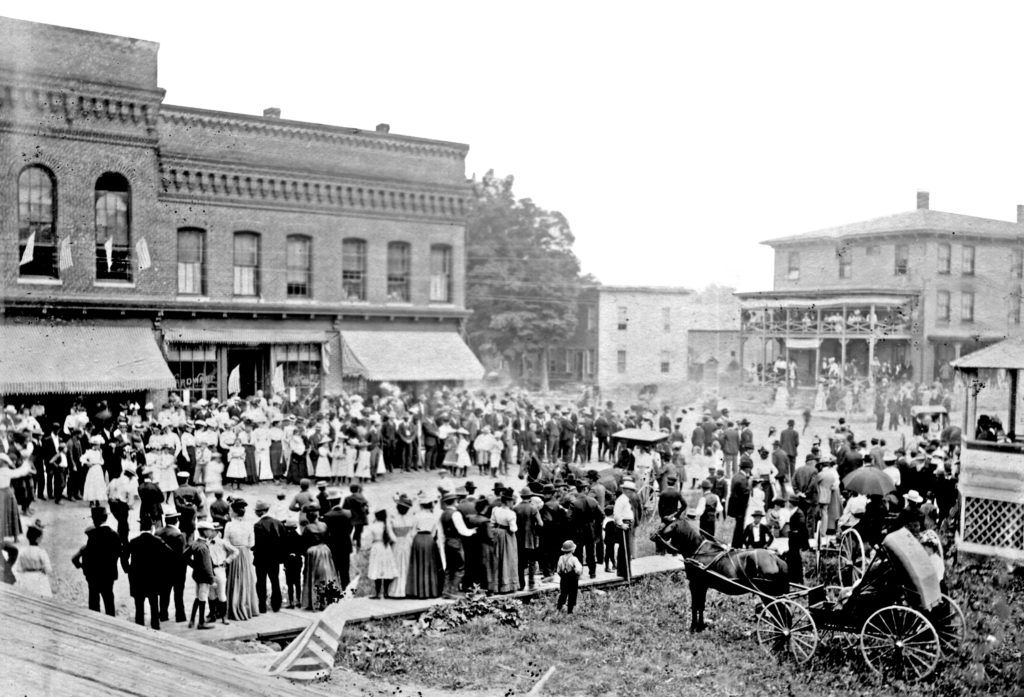
In the 1840s and 50s, the Lewis County Fair was held in Turin. In addition to judging vegetables and foods, there was competition in horses, cows, oxen, sheep, swine and poultry. Maple sugar, honey, shoemaking, embroidery and cloth were also judged. Competition was held in equestrian by ladies, which included riding and driving. Men’s events included plowing competition.
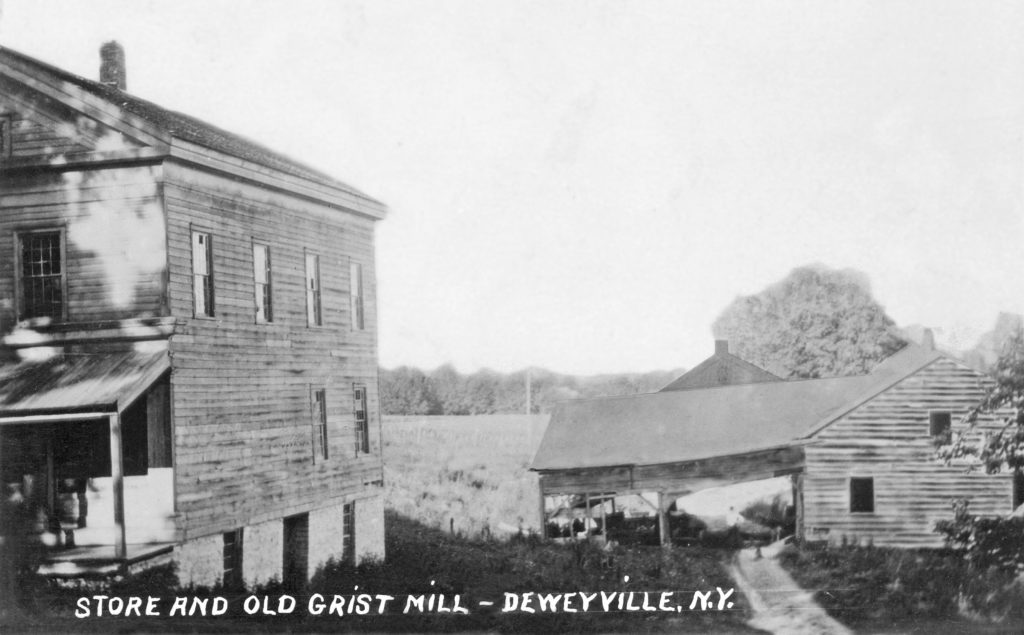
The Turin Canning and Pickling Company, one of the most memorable industries, was started in 1885 and continued for 26 years until 1910. The large factory buildings and smokestacks were built on what is now the Turin Children’s Playground. Young people could earn 10 cents per hour both in the plant and fields during the summer months. Over 150 adults work in the cannery full time. Records of 1893 showed that 30,000 quarts of berries of various types were canned, as were 600,000 cans of corn. Thousands of cans of beans, peas, pumpkin and tomatoes were also canned that year. Most of the produce was grown in the vicinity of Turin and boosted its economy.
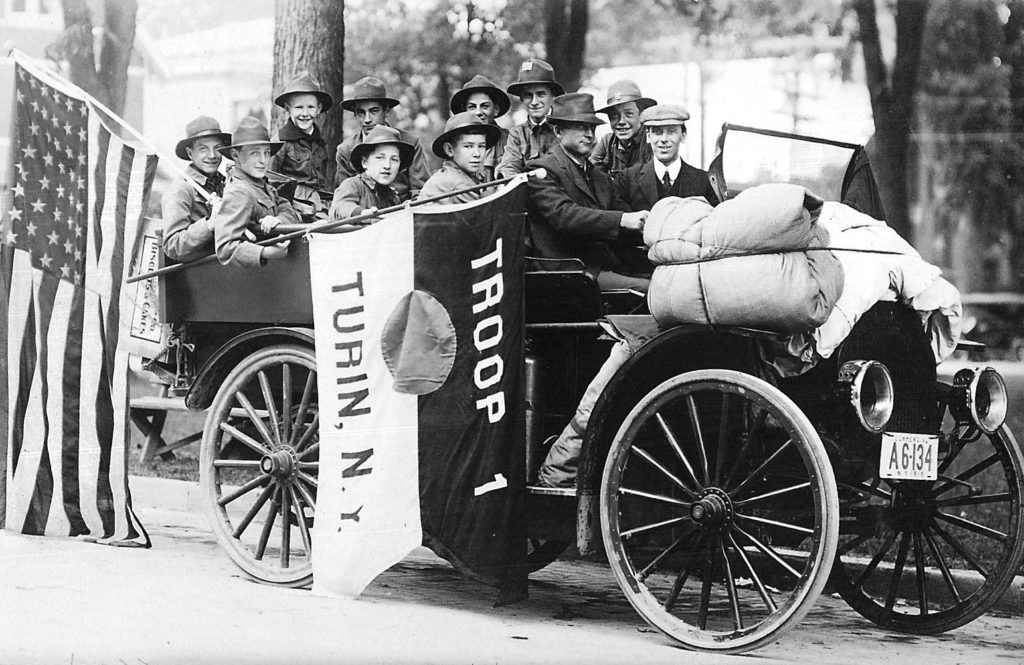
G. Byron Bowen points out that, “The census of 1880 reveals a population of 1,386, while in 1960 it was only 879. This indicates that the township did not hold its place population wise, in the first half of the 20th Century. Presently it is showing an increasing trend and the now evident movement of population from industrial centers to the open spaces. The steep snow covered slopes just north of Turin village have become a favorite area for winter sports and are developing into a major enterprise which has projected the town and its villages into national prominence.”
